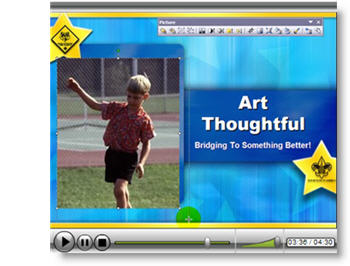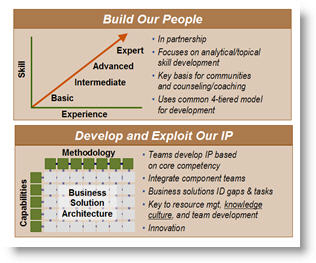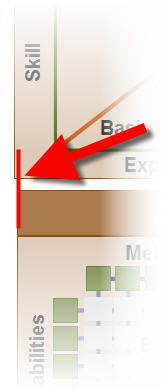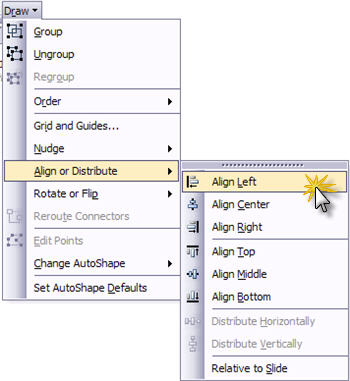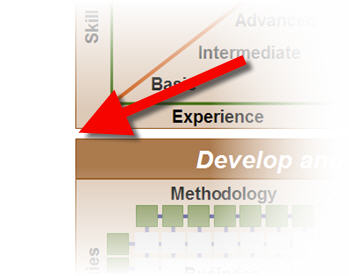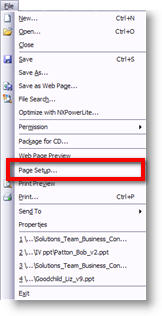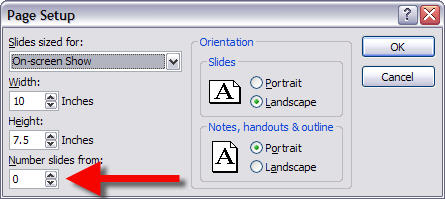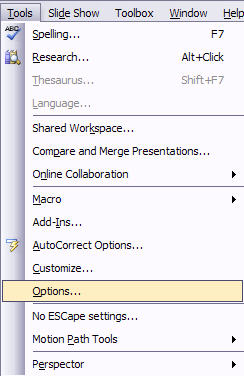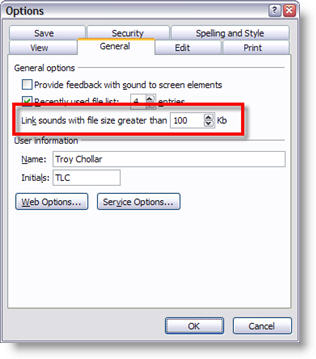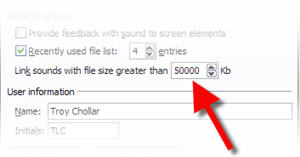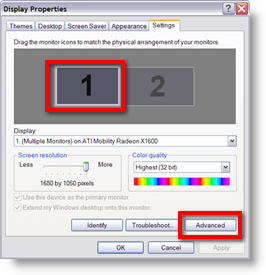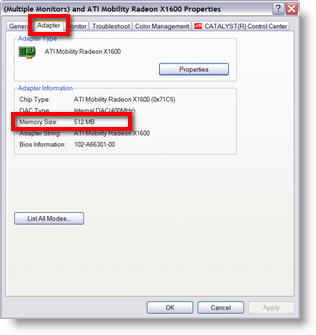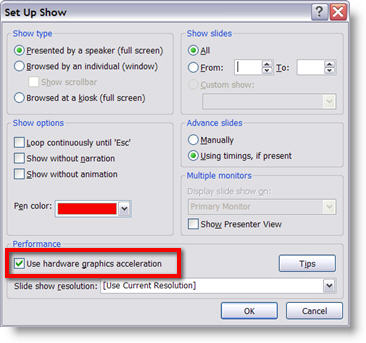PowerPoint Gets The Blame with Widescreens
There are times when it looks like PowerPoint is to blame, but in reality it is a computer OS setting that is making PowerPoint appear to behave badly. An example of this that comes up often is running a presentation on a widescreen monitor.
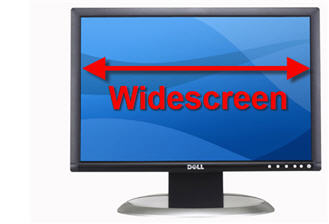
Recent Post on the PowerPoint Forum:
I have a widescreen monitor powerpoint distorts graphs. The font becomes much larger and squished together. How do I stop the powerpoint from changing things?
My Response:
(on a pre-Vista OS) Go to START >> CONTROL PANEL >> DISPLAY >> SETTINGS tab >> ADVANCED button >> depending on which video card, find setting for MAINTAIN ASPECT RATIO. Now 4×3 presentations will display with black bars on the left/right so nothing is distorted on a widescreen monitor.
– Troy @ TLC

